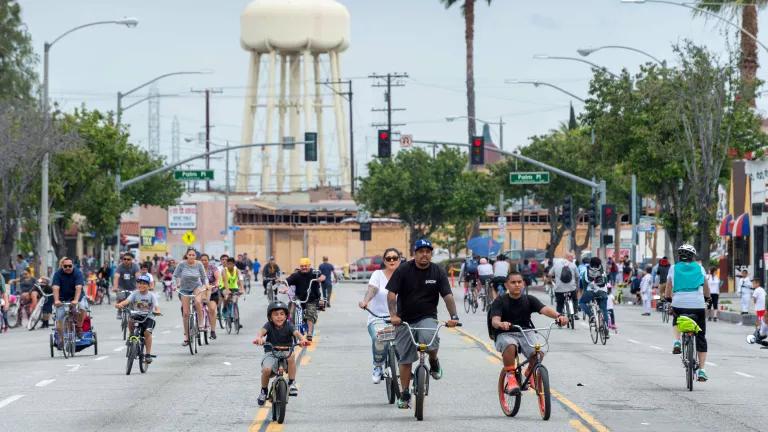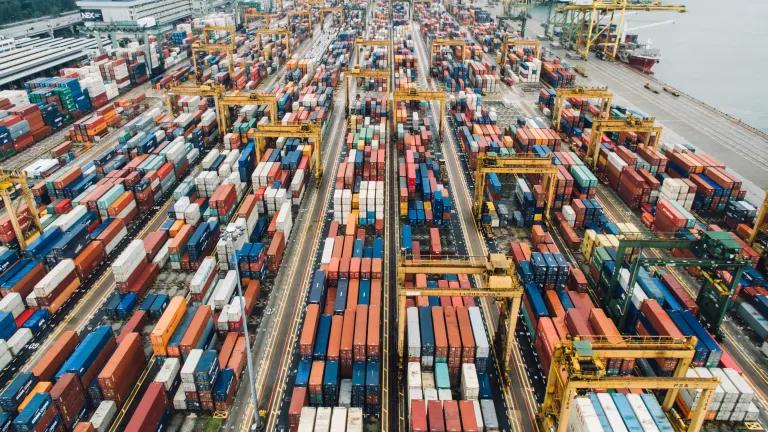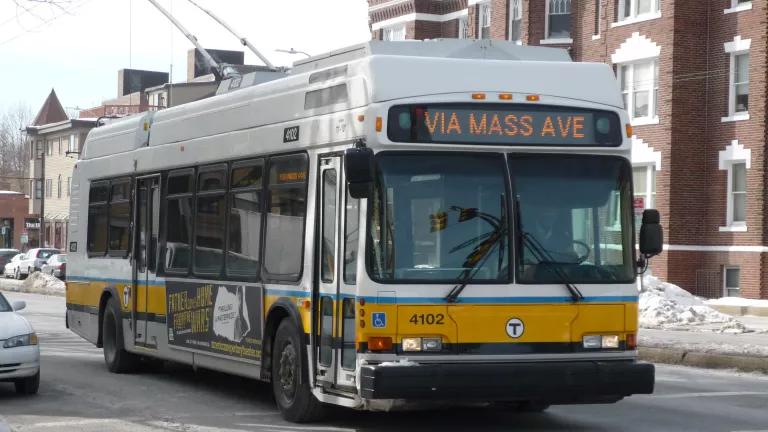Closing the Climate Investment Gap: California Must Prioritize Climate-Smart Transportation Projects

Steve Hymon/Metro, CC BY-NC-SA 4.0
Coauthored with John Gahbauer
The danger of climate change to Californians is more obvious than ever, with extreme weather and climate-related disasters making it clear that the status quo cannot continue. The California Air Resources Board recently adopted a plan to achieve carbon neutrality and cut human-caused greenhouse gas (GHG) emissions 85 percent below 1990 levels by 2045. Because transportation is the largest source of GHG emissions in California, reaching these goals will require both rapid vehicle electrification and reducing vehicle miles traveled (VMT) by investing in low-carbon mobility like public transit, bike paths, and pedestrian safety improvements across the state.
NRDC analyzed state transportation investment decisions across 10 key funding programs that span 2019 to 2027—representing $22.4 billion invested in 4,824 projects—to see to what extent California’s transportation spending matches the urgency of its climate goals. Unfortunately, our analysis finds a disconnect between the projects and programs that California funds and the urgency to decarbonize the transportation system in order to meet the state’s climate goals: Less than one-fifth of the total budget is going to VMT-reducing projects.
In a time of climate crisis, we can no longer afford to spend more than 80 percent of our state transportation investments expanding and maintaining the very sector that is contributing more than any other to climate pollution.





